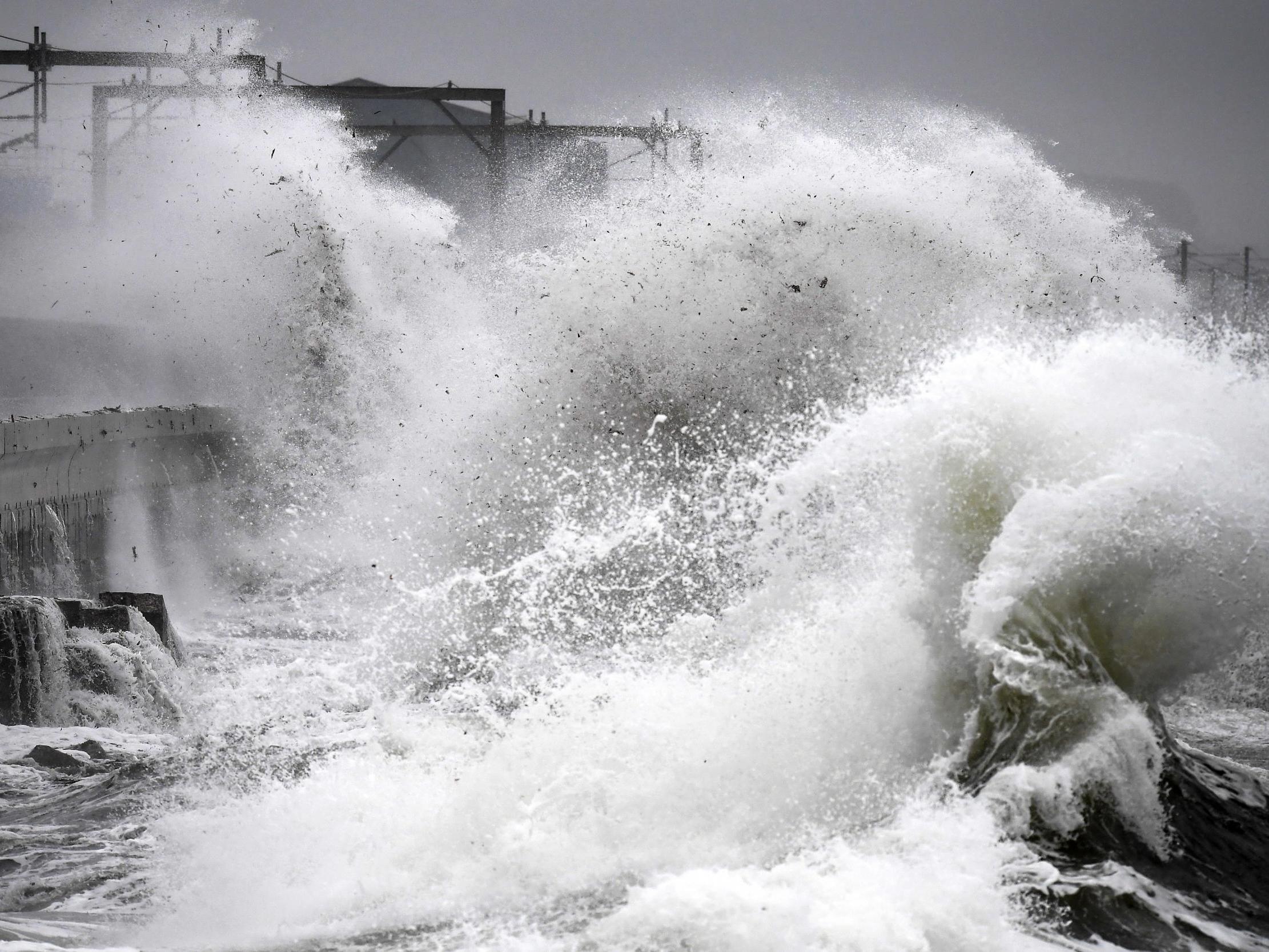Wave power device could reduce energy bills, scientists say
One device could power 100 homes, scientists say

Your support helps us to tell the story
From reproductive rights to climate change to Big Tech, The Independent is on the ground when the story is developing. Whether it's investigating the financials of Elon Musk's pro-Trump PAC or producing our latest documentary, 'The A Word', which shines a light on the American women fighting for reproductive rights, we know how important it is to parse out the facts from the messaging.
At such a critical moment in US history, we need reporters on the ground. Your donation allows us to keep sending journalists to speak to both sides of the story.
The Independent is trusted by Americans across the entire political spectrum. And unlike many other quality news outlets, we choose not to lock Americans out of our reporting and analysis with paywalls. We believe quality journalism should be available to everyone, paid for by those who can afford it.
Your support makes all the difference.New technology which uses ocean waves to generate electricity could help power thousands of homes and businesses for a reduced cost, scientists have said.
Researchers at the University of Edinburgh have been trialling a device, which has been designed to be incorporated into existing ocean energy systems.
A series of small-scale experiments in a simulator show that a single full-sized device could generate the equivalent of 500 kilowatts of electricity - enough to power 100 homes.
"Wave energy is a potentially valuable resource around Scotland's coastline," said David Ingram, a professor at the University of Edinburgh.
The researchers believe that tidal power could deliver clean and abundant energy in the future, unlike fossil fuels which emit damaging levels of carbon dioxide and wind and solar power, which can be inconsistent.
Their device has been named the Dielectric Elastomer Generator (DEG) and was developed using flexible rubber membranes.
When placed in the sea, the DEG fills with water which rises and falls with the waves.
The water inside pushes trapped air above to inflate and deflate a membrane, which generates a voltage.
The team from Edinburgh, which has been working with the Universities of Trento, Bologna and Scuola Superiore Sant'Anna Pisa in Italy on the project, believe the DEG could be widely installed within decades.
They hope that the device could replace conventional wave power designs, which rely on complex systems with expensive moving parts.
"Developing systems that harness this could play a valuable role in producing clean energy for fubture generations," Prof Ingram said.
Join our commenting forum
Join thought-provoking conversations, follow other Independent readers and see their replies
Comments